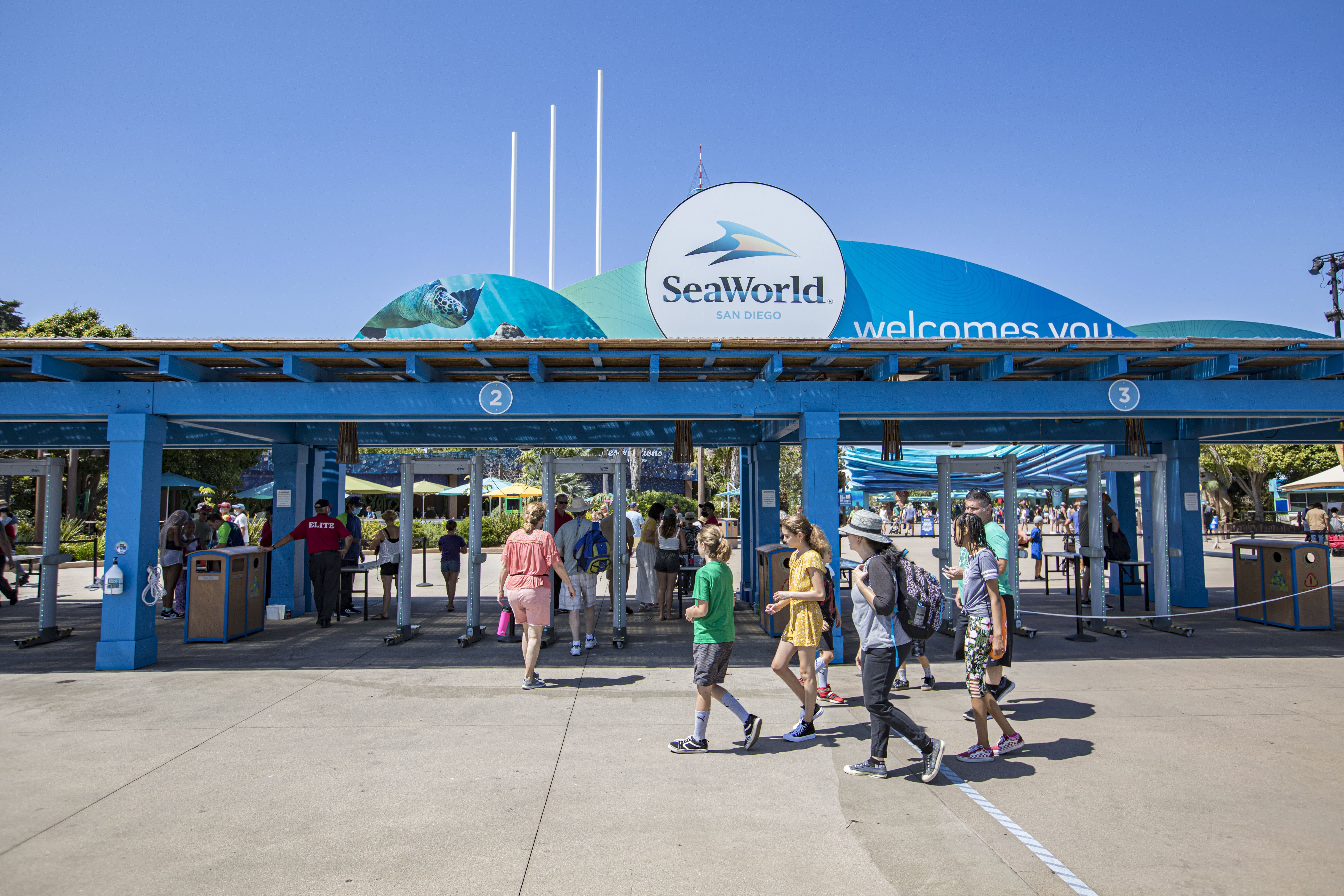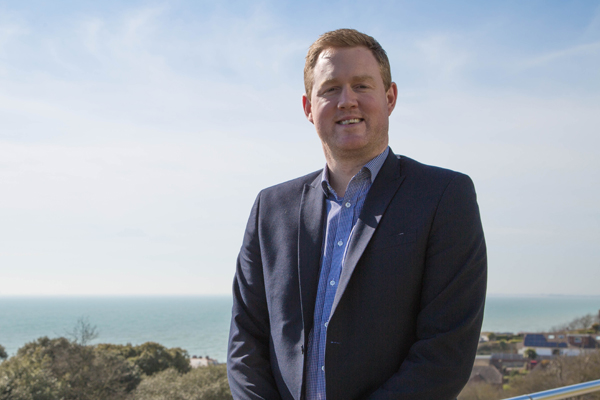Using Client Data, HQ Predicts 40 Percent April NYC Corp. Travel Recovery
Corporate mobility specialist and ground transportation platform provider HQ predicted that New York City metro area business ground transportation by April will reach 40 percent of its pre-pandemic level, using a new tool it developed based on clients' and...

Corporate mobility specialist and ground transportation platform provider HQ—created last year with the merger of SummitQwest and Hip Shuttle—predicted that New York City metro area business ground transportation by April will reach 40 percent of its pre-pandemic level, using a new tool it developed based on clients' and providers' volume.
HQ uses data from more than 50 corporate clients and 70 car providers in the tri-state area for its "NY Business Travel Barometer" tool, which it plans to update monthly.
Ride volume had reached 40 percent of 2019 levels in December but dropped to 24 percent in January amid the spread of the omicron variant of Covid-19. In February, business travel rebounded to 30 percent of 2019 levels based on the barometer.
"New York is a great barometer for business travel," HQ CEO Amiad Solomon told BTN. "It's one of our biggest client bases. [These clients] used to have 2,000 people in the air at any given moment. We expect it will hit 800 people by April. It's growing from almost none a few months ago."
The New York tool also factors rides to the three largest metro area airports, which were at just 16 percent of 2019 levels for January, but the company predicts will reach 30 percent recovered by April.
The barometer also considers the average cost of tri-state rides, which since the pandemic started had increased by 15 percent to 28 percent, according to HQ, due to driver shortages and rising fuel costs, insurance rates and inflation.
In addition to the client data, HQ from Feb. 10-16 surveyed 40 of its largest enterprise clients, which the company said represent more than 1 million employees in total. Three-quarters of the companies either had returned to the office or planned to in March 2022. Only 20 percent planned to return to a full week in the office, with 60 percent requiring three or four days in office, and 20 percent requiring one or two.
"We will continue to expand [the barometer] to more cities," Solomon said, noting major hubs such as Chicago and West Coast cities. "But a big focus also will be proving the solution for companies worldwide. For instance, a lot of our U.S. clients have a post in London. International travel is important for us."

 BigThink
BigThink 































